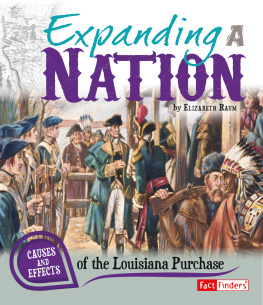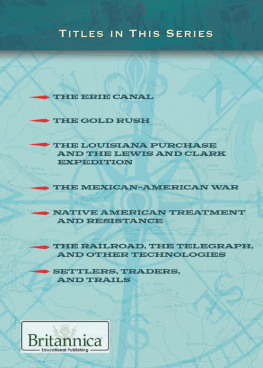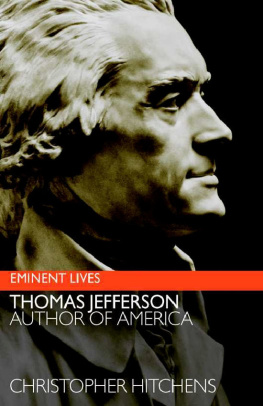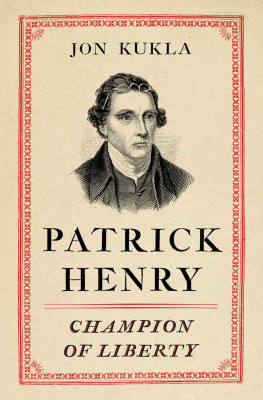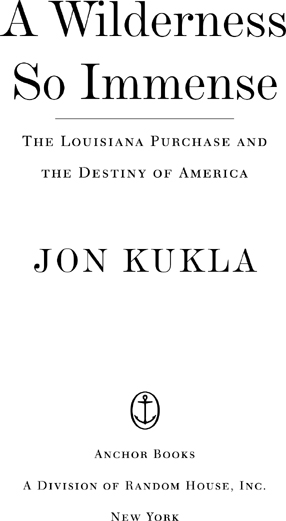Acclaim for Jon Kuklas
A Wilderness So Immense
A story of fascinating international intrigue and fallible human beings dealing with issues far beyond their comprehension. It is the best book on the subject yet available.
The Baltimore Sun
As exciting and readable a narrative of the Louisiana Purchase as we are likely to get in the foreseeable future.
The New Republic
Enlightening. Kukla is good at showing what a ferment of ideas and resultant activities the world was going through at this time.
Minneapolis Star Tribune
A thoroughly readable, entertaining, and informative history of the incredible period that led to the purchase of a land that doubled the size of the United States. A wonderful book, not to be missed.
The Decatur Daily
A well-researched study. Packed with fast-moving descriptions of the complicated negotiations. Kukla has a fine sense of context and detail.
The Roanoke Times
A wonderful story, wonderfully told.
W. W. Abbot, Editor Emeritus of
The Papers of George Washington
Engaging and authoritative. Kukla is at his best in reconstructing the politics and diplomacy. His mastery of developments (and sources) in European capitals as well as in New Orleans is unparalleled.
American Historical Review
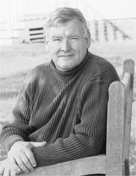
JON KUKLA
A Wilderness So Immense
Jon Kukla received his B.A. from Carthage College and his M.A. and Ph.D. from the University of Toronto. He has directed historical research and publishing at the Library of Virginia and has been curator and director of the Historic New Orleans Collection. In 2000 he returned to Virginia as director of the Patrick Henry Memorial Foundation. He lives in Charlotte County, Virginia.
ALSO BY JON KUKLA
Patrick Henry: Voice of the Revolution
(2001, with Amy Kukla)
Speakers and Clerks of the Virginia House of Burgesses,
16431776 (1981)
EDITOR:
The Bill of Rights: A Lively Heritage (1987)
A Key to Survey Reports and Microfilm of the Virginia Colonial
Records Project (1990, with John T. Kneebone)
A Guide to the Papers of Pierre Clement Laussat,
Napoleons Prefect for the Colony of Louisiana,
and of General Claude Perrin Victor (1993)
Will republicans, who glory in their sacred regard to the rights of human nature, purchase an immense wilderness for the purpose of cultivating it with the labor of slaves?
The Balance and Columbian Repository, September 20, 1803
Louisiana is ours! If we rightly improve the heaven sent boon, we may be as great, and as happy a nation, as any on which the sun has ever shone. The establishment of independence, and of our present constitution, are prior, both in time and importance; but with these two exceptions, the acquisition of Louisiana, is the greatest political blessing ever conferred on these states.
Dr. David Ramsay, May 12, 1804
No event in all American historynot the Civil War, nor the Declaration of Independence, nor even the signing of the Constitutionwas more important.
Bernard DeVoto, March 21, 1953
For Amy,
for Jennifer,
and for Elizabeth
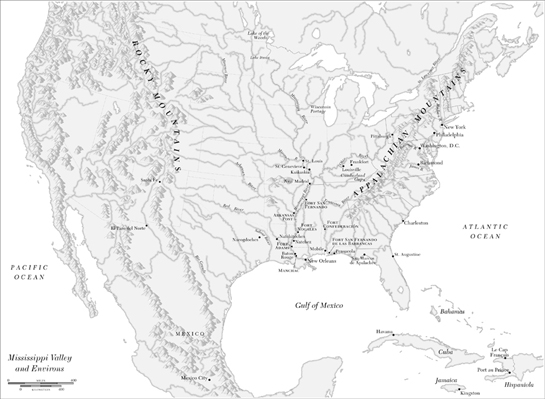
Contents
ONE
TWO
THREE
FOUR
FIVE
SIX
SEVEN
EIGHT
NINE
TEN
ELEVEN
TWELVE
THIRTEEN
FOURTEEN
FIFTEEN
SIXTEEN
EPILOGUE
Appendixes
Tributaries
The Mississippi will be one of the principal channels of future commerce for the country westward of the Alleghaney. From the mouth of this river to where it receives the Ohio, is 1,000 miles by water, but only 500 by land. The Mississippi, below the mouth of the Missouri, is always muddy.
The Missouri is, in fact, the principal river, contributing more to the common stream than does the Mississippi, even after its junction with the Illinois. It is remarkably cold, muddy, and rapid.
The Ohio is the most beautiful river on earth. Its current gentle, waters clear, and bosom smooth and unbroken by rocks and rapids, a single instance only excepted three or four miles below Louisville.
Thomas Jefferson, Notes on the State of Virginia, 1785
I N THE PINE WOODS of northern Minnesota, about one hundred eighty miles inland from Lake Superior and the port of Duluth, the Mississippi River begins its winding journey of 2,552 miles from Lake Itasca to the Gulf of Mexico. As it flows out of the lake to begin a pilgrimage through the heartland of North America, the shallow brook is about a dozen yards wide. Passing tamarack bogs and the burial mounds of the Anishinabe, the river gains width and depth. Fed by scores of glacial ponds and lakes, the Mississippi tumbles over the Falls of St. Anthony, between Minneapolis and St. Paul. Navigable from there to the Gulf, the mighty river swells with the water of tributary creeks and streams that drain more than a million square miles of farmland and forest. As lesser rivers converge into the larger tributaries that join the Mississippithe St. Croix River at Point Douglas, Minnesota, the Wisconsin at Prairie du
The power and destiny of the Lower Mississippi is scarcely imaginable along the north shore of Lake Itasca, where picnic tables sheltered by tall pines dwarf the tiny stream. Here, fifty years ago, a tow-headed and dimpled midwestern child splashed from rock to rock across the shallow brook, cheerfully ignorant that he was ankle deep in the first tide of a turbulent force of nature and history. Everything impressive about the Mississippi River lay far downstream in his distant future. In time the child who splashed over stepping-stones at Lake Itasca swam against the lazy summer current at Wyalusing State Park. He heard calls for volunteers to pack sandbags against the angry flood near Prairie du Chien. And he stood on the levee at Jackson Square, far below the tributary streams of his childhood, watching the all-powerful and unforgiving river send enormous oceangoing ships skidding through the treacherous bends at New Orleans. As age, distance, and experience revealed the connections between that tiny crystal brook at Lake Itasca and the mighty muddy flood of the Lower Mississippi, the man who long ago played in the clear waters of the Upper Mississippi came to realize that the story of the Louisiana Purchase had its tributaries, too.
At the end of the American Revolution, the Louisiana Purchase lay hidden far beyond the horizon, twenty years downstream into the future. The background stories that comprise its tributaries were as distant from one another as are the easternmost headwaters of the Ohio Riveron the Allegheny near Coudersport, Pennsylvaniafrom the mountain creek near Dillon, Montana, that eventually becomes the Missouri. Like gravity pulling water through a great river system toward the sea, time brought together the stories from Paris, Madrid, New Orleans, New York, Kentucky, and Haiti that finally converged in the monumental events of 1803.



